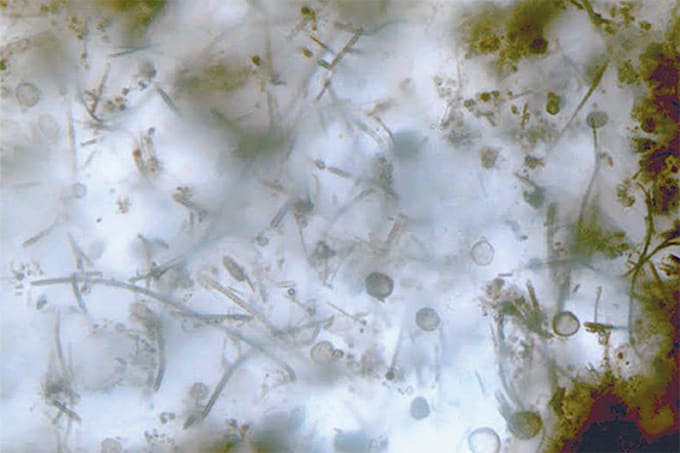University of Waterloo researchers are using coated blade spray for doping analysis, shaving considerable time off the current personal best. German Augusto Gómez-Ríos, postdoc at the Pawliszyn Research Group, tells us more.
How have you managed to speed up doping analysis?
Currently, most methods rely on liquid chromatography (LC) and tandem MS/high-resolution MS. We used a SPME-based technique called coated blade spray to extract the small molecules, enrich them, and then electrospray directly into the mass spec, avoiding the chromatographic step altogether. We also decided to push the limits of the mass spec itself; six months ago, if I wanted to analyze 200 compounds, I needed to electrospray for two minutes (which is still faster than any LC-MS method) but now I can do it at least 10 times faster without dramatically sacrificing the sensitivity.What are the other advantages of this method?
With our method, you could do the screening of small molecules right in front of the athletes – reducing the opportunity for “modification.” For most of the compounds we have tested, we can do an analysis in around 55 seconds per sample, as long as the analysis is performed in high throughput (96 samples per run). We’re now looking to work with a company to create fully automatized protocols – without the human factor, we could probably go even faster (less than 15 seconds per sample).Could this replace conventional analysis?
We’re not claiming that our method is a full confirmatory test by any means, or trying to replace what exists. There will sometimes be cases where you have isobars or isomers that have similar fragmentation patterns. In that case, we have to go for differential mobility – ion mobility with tandem MS or high-resolution MS. Our job is to say: “This sample needs a full LC-MS analysis because, potentially, X molecule is present.” We are there to raise a red flag, not to accuse anyone.Do you anticipate any challenges with this method?
It’s critical to note that what we have tested so far is mostly targeted – and the challenge is with the drugs that we don’t know. Dopers are always ahead of us. We are now trying to see how our technology could be applied to these unknown compounds; for instance, by using this technology together with high-resolution mass spectrometry. Although blade spray is not the most sensitive SPME-MS method, it delivers adequate sensitivity for the tested applications. Besides, its virtue lies in its speed and capability of performing multiple mass spectrometry events from a single device. After all, if you need to detect 1ppb of a given substance, why aim for a sensitivity of 1ppt?Could this be applied in other fields?
We are developing a method for screening and quantifying pesticides in food matrices, and one of my colleagues already used it for pharmaceuticals in wastewater (1). Our group’s main focus is diagnosis, and we published a paper last year on measuring levels of immunosuppressants in whole blood using blade spray (2). It was a great proof of concept, but we still need to show its robustness. Currently, we are collaborating with Vathany Kulasingam at the University Health Network, Toronto, towards the implementation of blade spray in a clinical setting. Read more about coated blade spray at tas.txp.to/1117/bladeReferences
- JJ Poole et al., “Rapid and concomitant analysis of pharmaceuticals in treated wastewater by coated blade spray mass spectrometry”, Environ Sci Technol, 51, 12566–12572 (2017). GA Gómez-Ríos et al., “Rapid determination of immunosuppressive drug concentrations in whole blood by coated blade spray-tandem mass spectrometry (CBS-MS/MS)”, Anal Chim Acta, 999, 69–75 (2017).




